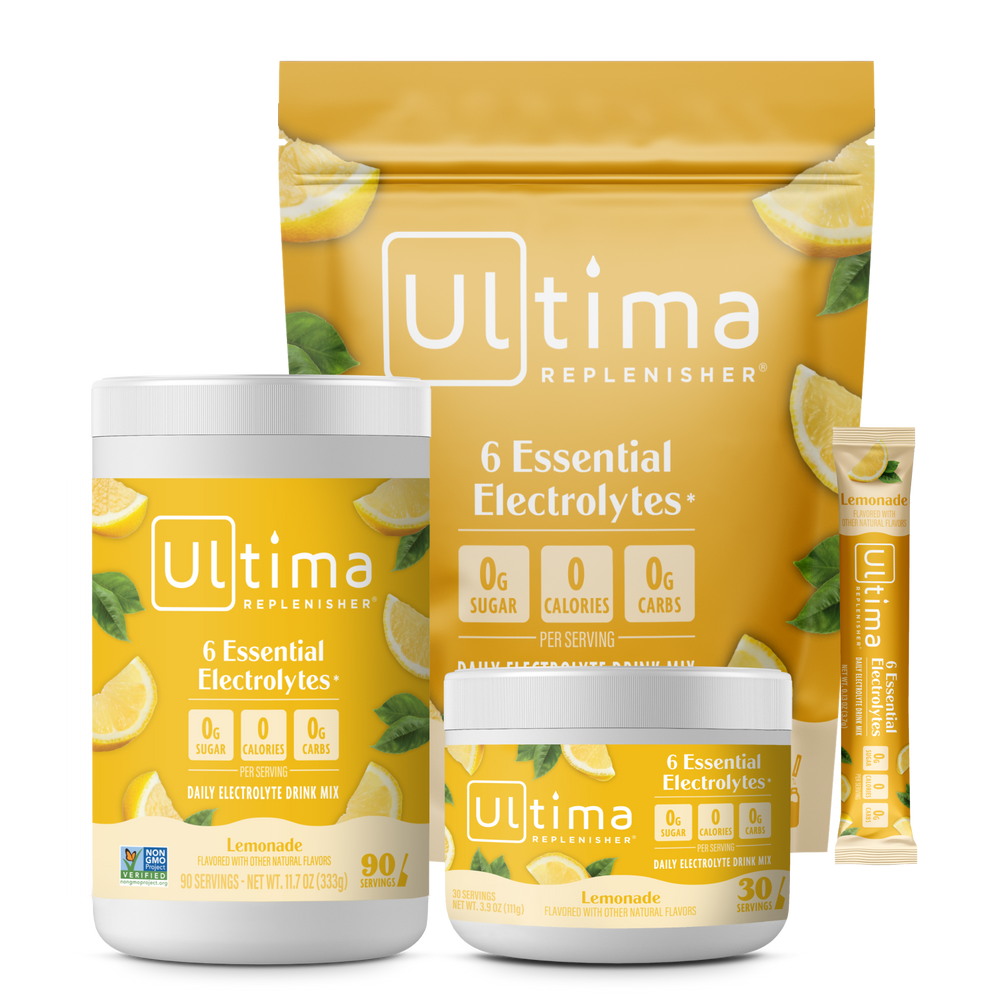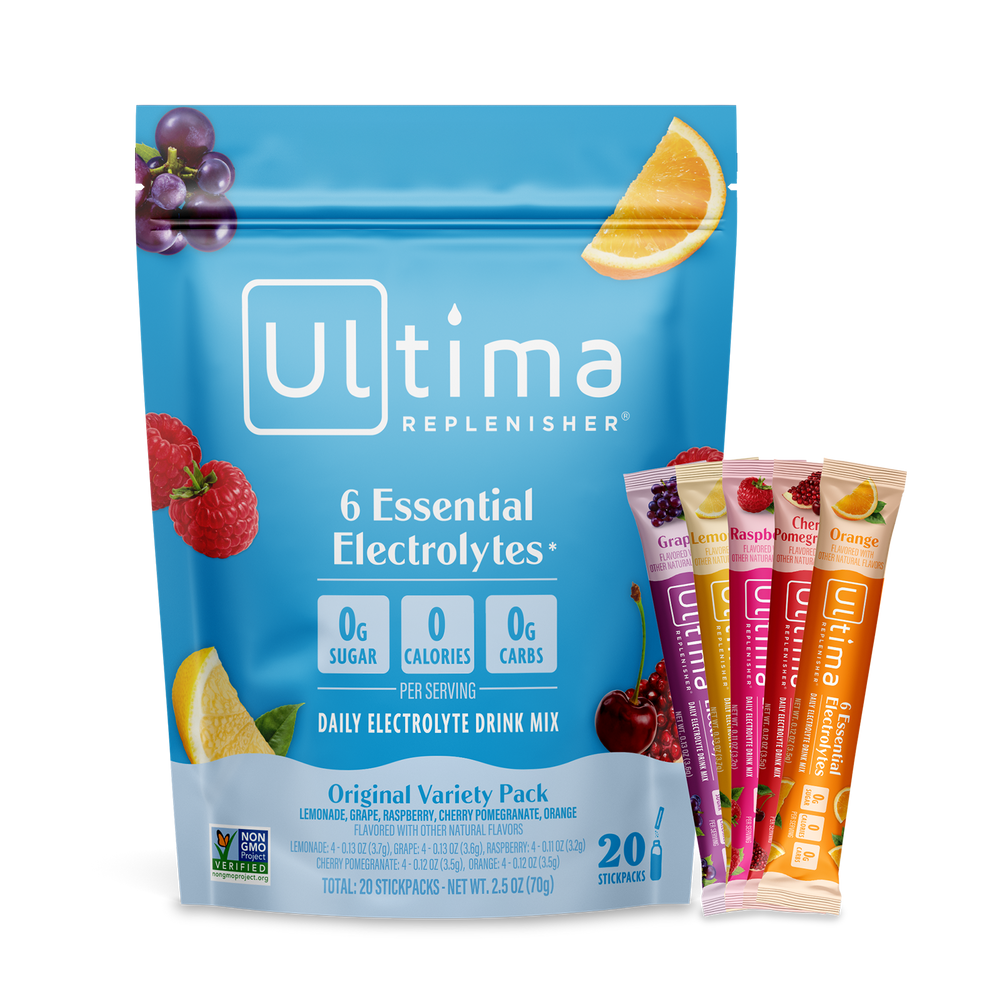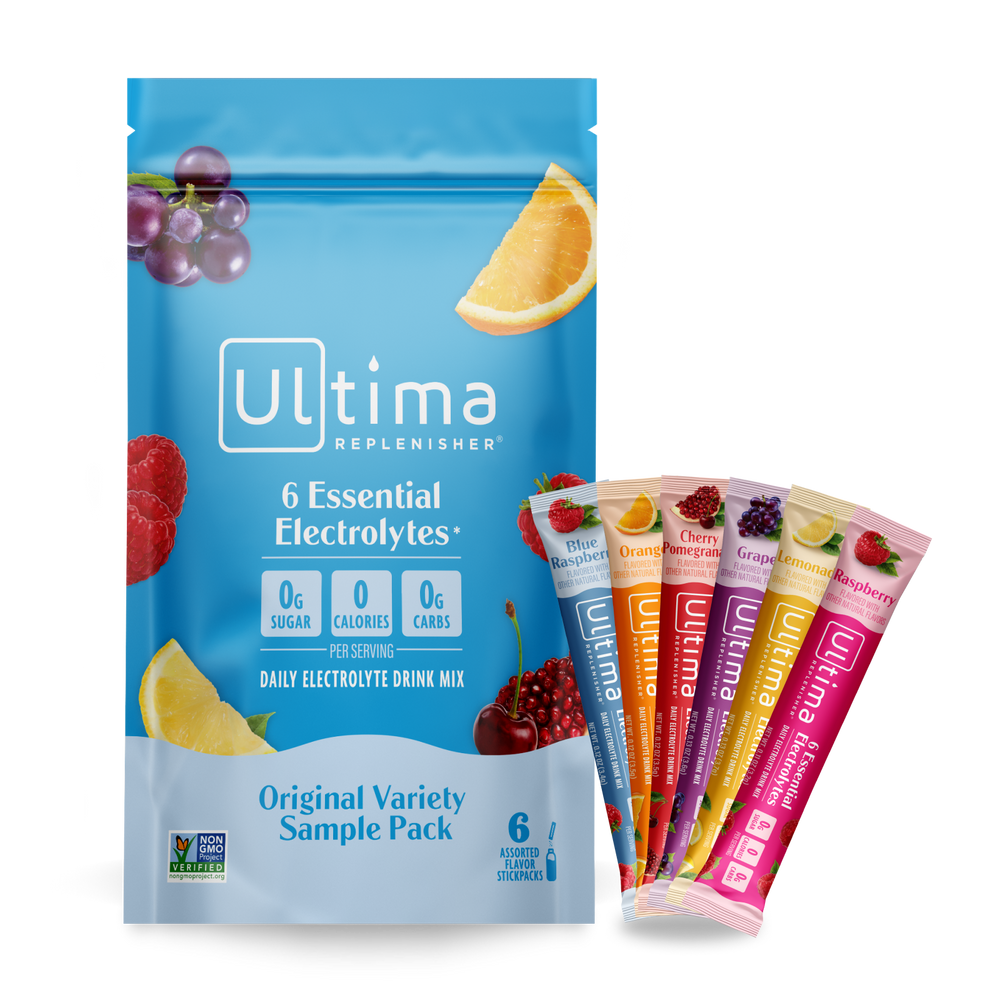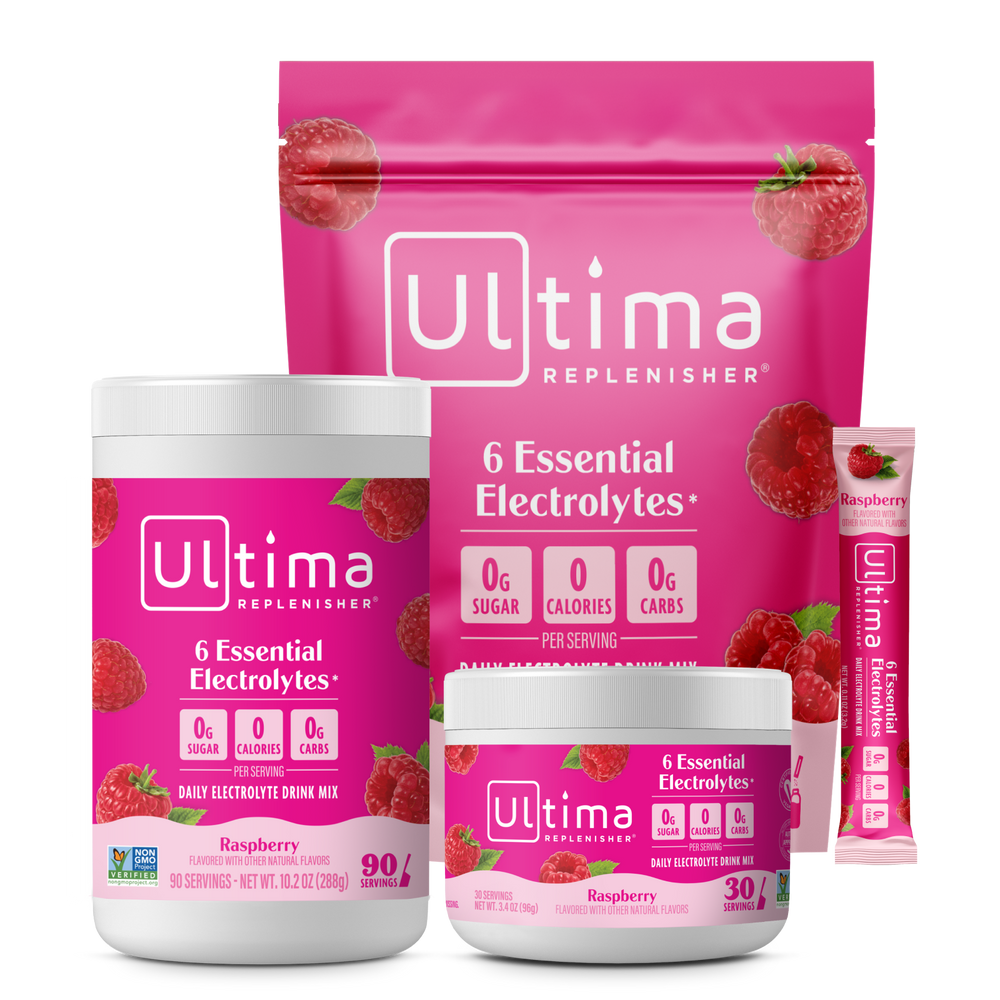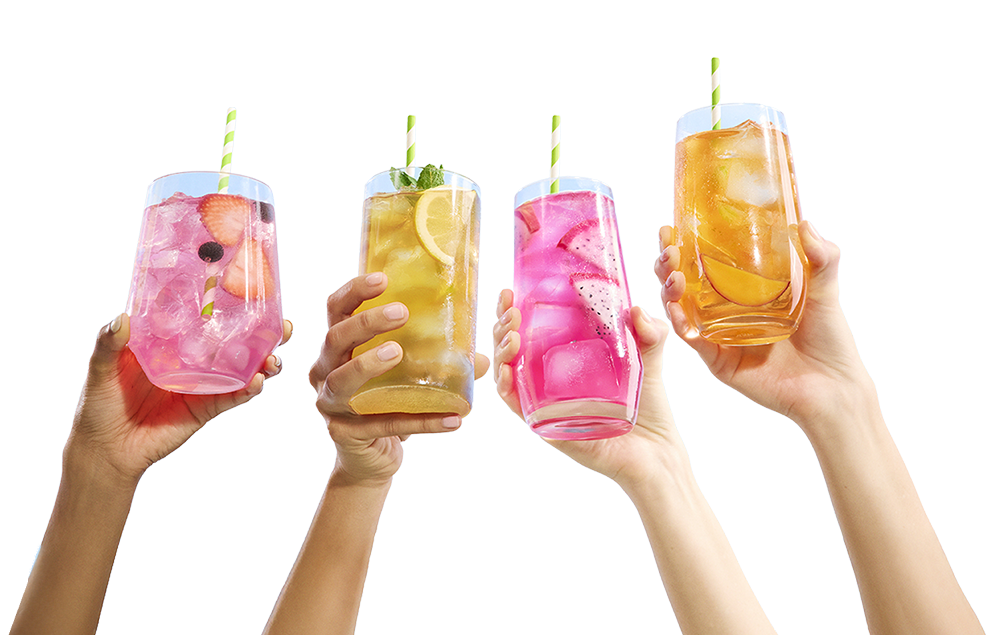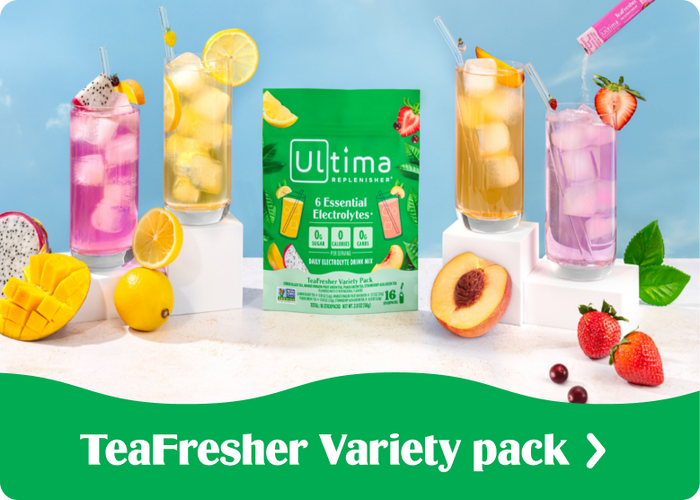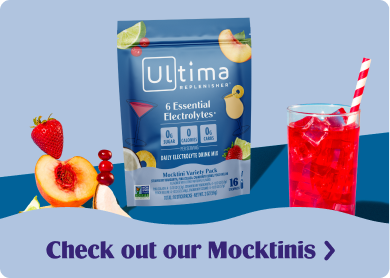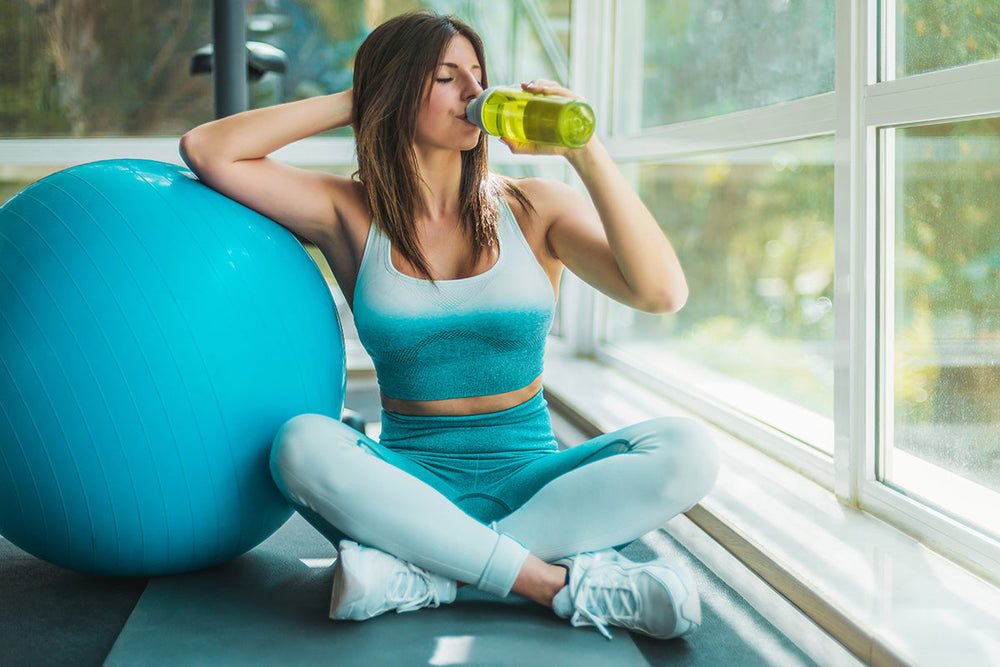
Understand the Role of Electrolytes in Managing POTS to Power Up Your Hydration Plan
The COVID-19 pandemic introduced many unpleasant experiences and conditions in our lives; however, the conversations around so-called “long COVID” symptoms has brought much-needed attention to a condition that affects up to 3 million Americans. This condition is postural orthostatic tachycardia syndrome (POTS):
- Postural – Related to body position
- Orthostatic – Related to or caused by standing upright
- Tachycardia – Faster than normal heart rate (over 100 beats per minute)
- Syndrome – A group of symptoms that occur together
There is no known cure for POTS, but it can be managed with medications and changes to diet and exercise. Staying hydrated plays a role, so we will explore how electrolytes may help.
Understanding POTS
POTS is a form of dysautonomia. Dysautonomia is a disorder of the part of the nervous system that regulates functions like body temperature, sweating, heart rate, blood pressure, hormone function, digestion and more—functions we don’t consciously control.
With POTS, standing up can cause lightheadedness, dizziness, brain fog and fatigue that gets worse the longer you stand. This is because as gravity pulls more blood into the lower half of the body, there is a dysfunction of the blood vessels—they don’t tighten enough to push blood to the brain. As a result, the heart works harder to compensate, increasing the rate at which it beats, which can then cause shakiness, forceful or skipped heartbeats, and chest pain.
POTS symptoms can be worse at the following times:
- During longer periods of standing such as waiting in line, working on your feet all day
- In warm or hot environments, even a hot bath or shower
- If you have a cold or infection
- If you have not consumed enough fluids and salt (sodium), such as after skipping a meal
POTS symptoms can be so severe that you may not be able to stand for more than a couple minutes, but it is not generally considered life-threatening.
The Role of Electrolytes in Managing POTS
Hydration is a key component of managing POTS, and if you have the low blood volume (or hypovolemic) form of POTS, where blood pools in the lower part of your body, increasing your intake of both fluids and salt (sodium and chloride) can help. Consuming enough water and salt helps improve fluid retention and blood pressure.
According to the National Institutes of Health (NIH), increasing electrolyte and water intake was shown to decrease tachycardia (abnormal heart rate over 100 beats per minute) in POTS patients by increasing blood pressure through increased blood volume. While doctors recommend POTS patients drink between two to three liters of water per day, too much water can disturb electrolyte concentrations which are essential for regulating heart rhythm, fluid retention and more.
It’s important to note, your doctor will likely go over what your personal needs for water and salt are based on the type and severity of POTS you have.
Drinking water with added electrolytes, such as Ultima Replenisher® hydration powders, can help you add required sodium and chloride to your diet. It can also provide you with other vital electrolytes that can help you stay hydrated longer than by drinking water alone.
Best Electrolyte Drinks for POTS
The key to choosing the best electrolyte drink for POTS is to find ones without certain ingredients that can counteract the benefits. For example, some people with POTS have trouble with caffeine, which can contribute to dehydration if you’re not drinking enough water and can increase heart rate too. Because salt is so important to help retain fluid, electrolyte drinks that contain sodium and chloride are key.
Another thing to watch out for are sugars. Many POTS patients have increased symptoms after eating, often due to digesting carbohydrates from refined sugars and flours. Plus, if you are consuming more sugar-based electrolyte drinks to meet the hydration requirements of POTS, that increased amount of sugar in your diet could lead to other health issues.
In addition, people with POTS often have gastrointestinal problems so your overall diet plays an important role in managing your POTS symptoms. Avoiding or limiting processed foods, sugar and sugar alcohols, and artificial sweeteners may make a difference in how you feel.
An alternative way to hydrate is to look for sugar-free electrolyte drinks and hydration mixes that have no artificial sweeteners or sugar alcohols (like sorbitol, xylitol, erythritol). Ultima Replenisher® hydration powders have zero sugar, zero carbs, and no artificial flavors or sweeteners. What they do have are six vital electrolytes—including sodium and chloride—and delicious flavors powered by fruit extracts.
If you have POTS and need to hydrate accordingly, you’ll probably love our Variety Stickpacks—individually wrapped single serving packets in Lemonade, Grape, Raspberry, Cherry Pomegranate and Orange flavors. Or, if you’re missing your favorite sweet cocktails because alcohol makes your POTS worse, try our Mocktini Variety Stickpacks and bring them along to your next event. With flavors like Appletini, Peach Bellini and Coconut Piña Colada, you can sit and enjoy your friends and family without feeling like you’re missing out.
Living with POTS
We know living with POTS isn’t easy and that hydration is only one component of addressing your symptoms. Working with your doctor and nutritionist and learning from other POTS patients can help you find solutions that fit your needs.
Be sure to read “Living with Postural Orthostatic Tachycardia Syndrome,” which is written by someone with POTS. Learn tips and tricks as you see what’s worked for her along her journey with this difficult condition.
